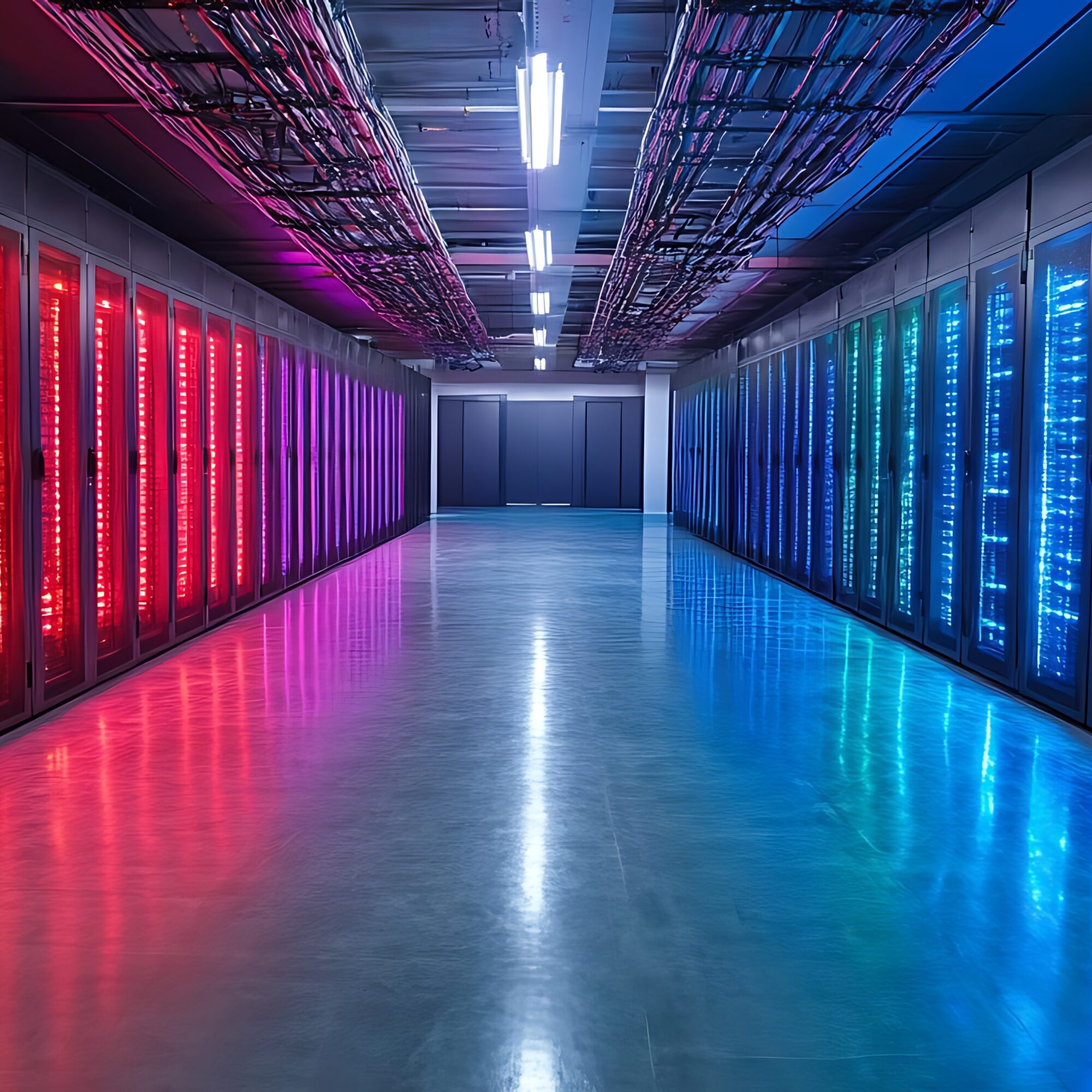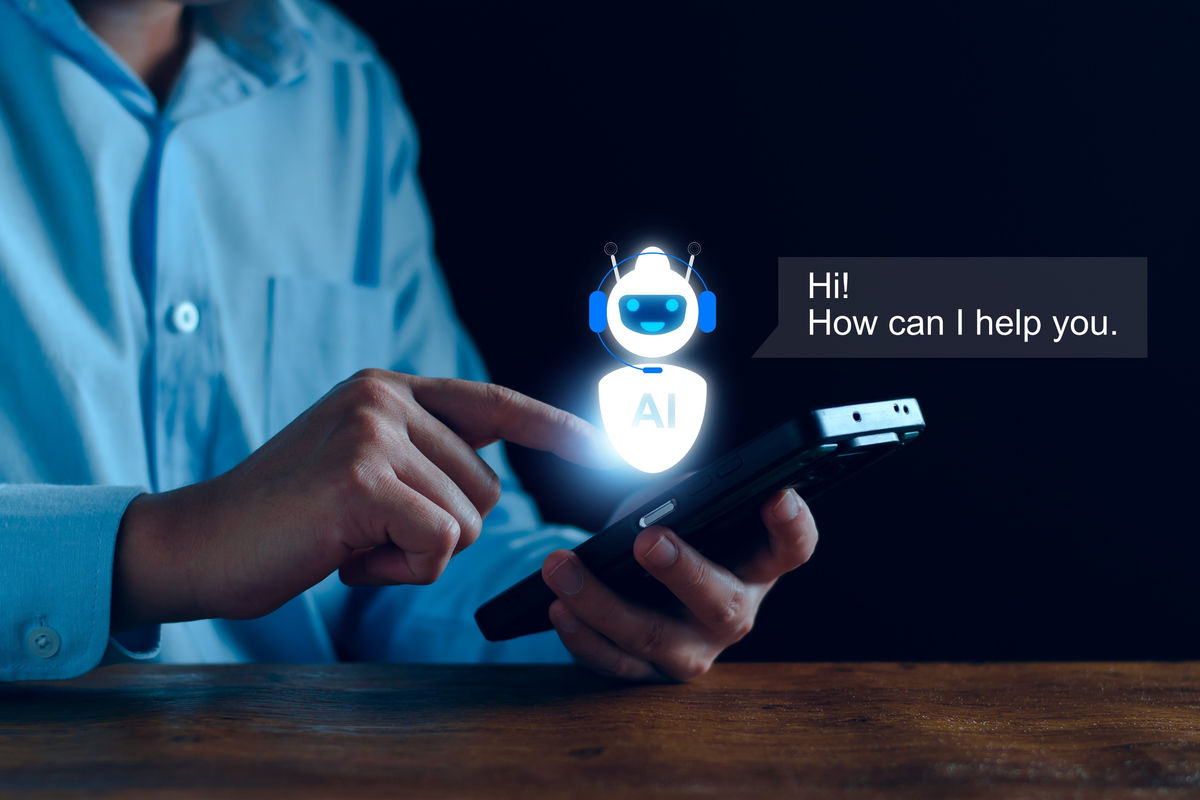The growing threat of cyberattacks in the healthcare and pharmaceutical sectors
In recent years, cyberattacks targeting the healthcare and pharmaceutical industries have exposed critical vulnerabilities, compromising sensitive patient data and causing significant financial damage. Three of the most prevalent cybersecurity risks in these sectors are third-party vulnerabilities, high-value data, and large-scale databases. The following examples illustrate these key threats and highlight the real-world impact of such attacks.
- AMCA Data Breach (2019) – The American Medical Collection Agency (AMCA), a billing services provider, experienced a massive data breach over eight months in 2019. This attack is a prime example of third-party vulnerabilities, as hackers exploited the supplier (AMCA) taking advantage of its weaker security to access sensitive data. As a result, over 25 million patients had their personal and financial information, including Social Security numbers and medical records, compromised. This breach demonstrates the risks associated with outsourcing critical services without stringent cybersecurity measures.
- Ransomware Attack on Sun Pharmaceuticals (2023) – In March 2023, Sun Pharmaceuticals, a major drug manufacturer, suffered a ransomware attack that disrupted business operations and led to the theft of sensitive, high-value data. This attack highlights the growing threat of ransomware, where cybercriminals hold data hostage or steal valuable company information to extort payment. Although the company did not reveal the number of individuals affected, it did note the financial burden and revenue losses that resulted from the attack. This illustrates the substantial financial and operational impact ransomware attacks can have.
- Ransomware Attack on Change Healthcare (2024) – In 2024, Change Healthcare, a major provider of revenue and payment cycle management, was hit by a ransomware attack that potentially impacted up to one-third of Americans. This attack highlights the risk posed by large-scale data breaches in organizations that manage critical healthcare information. Although the full extent of the breach is still under investigation, it underscores how attackers target large-scale databases of personal health information, making this one of the largest healthcare data breaches in recent history.
However, high-profile attacks, including those detailed earlier in the article, have prompted a shift, making cybersecurity a more significant priority for these organizations. Still, these industries face several challenges in safeguarding its digital assets which can leave companies vulnerable to attacks.
Key cybersecurity challenges faced by healthcare and pharmaceutical companies
Challenge n°1: reduce data exposure risks
A study conducted in March 2021 revealed that nearly 92% of pharmaceutical organizations had at least one exposed database. Exposed databases significantly increase the risk of a breach, which should be of the utmost importance for healthcare and pharmaceutical organizations, given that the average cost of a breach for healthcare companies is significantly higher than the average for other industries.
Challenge n°2: mitigate the risks of digital transformation and cloud adoption
The acceleration of digital roadmaps, cloud adoption, and integration of AI and ML could expose healthcare and pharmaceutical organizations to new vulnerabilities if the right measures are not taken right off the bat. Increased reliance on technology heightens the need for robust cybersecurity measures.
Challenge n°3: manage security risks associated with mergers and acquisitions
The healthcare and pharmaceutical industries’ trend toward mergers and acquisitions introduces security challenges. Nearly 70% of such activities result in compromised security postures, emphasizing the need for thorough integration efforts.
Find out how our team can support you in your healthcare consulting needs >
How can healthcare and pharmaceutical companies reinforce their cybersecurity measures?
In the wake of a cybersecurity attack, or ideally before an attack occurs, healthcare and pharmaceutical organizations must respond to the risks and adopt a multifaceted approach to reinforce their cybersecurity defenses. This can include creating a cybersecurity strategy, adopting a zero-trust architecture, investing in third-party ecosystem security, increasing cybersecurity awareness among employees and implementing technological measures, such as two-factor authentication.
The healthcare and pharmaceutical industries, as a hub of innovation and life-saving advancements, face imposing cybersecurity challenges in an increasingly interconnected world. As these industries navigate the complexities of digital transformation, mergers, and ecosystem collaborations, prioritizing and strengthening cybersecurity measures becomes imperative. By adopting a proactive stance, leveraging advanced technologies, and cultivating a cybersecurity-aware culture, healthcare and pharmaceutical organizations can safeguard their sensitive data, uphold business continuity, and maintain a competitive edge in the global marketplace.
To secure the future of the healthcare and pharmaceutical industries, it is imperative for organizations to invest in robust cybersecurity measures and foster a culture of continuous security awareness. Should you want to explore further cybersecurity questions, don’t hesitate to contact our team!
About the author,
Mikka, Consultant in Alcimed’s healthcare team in Germany



